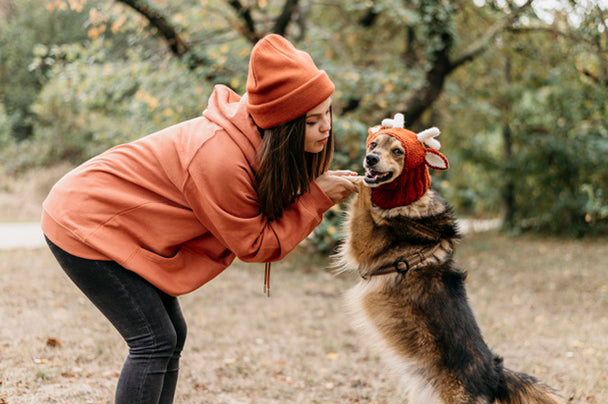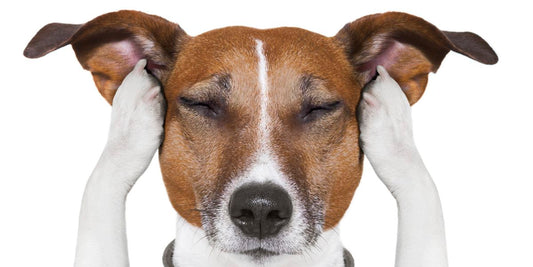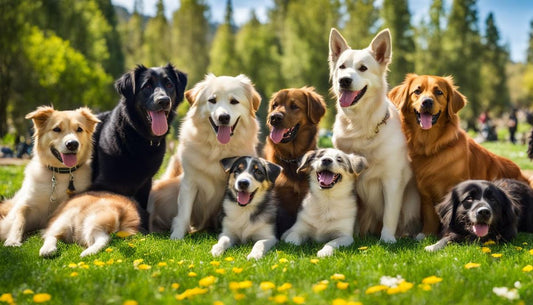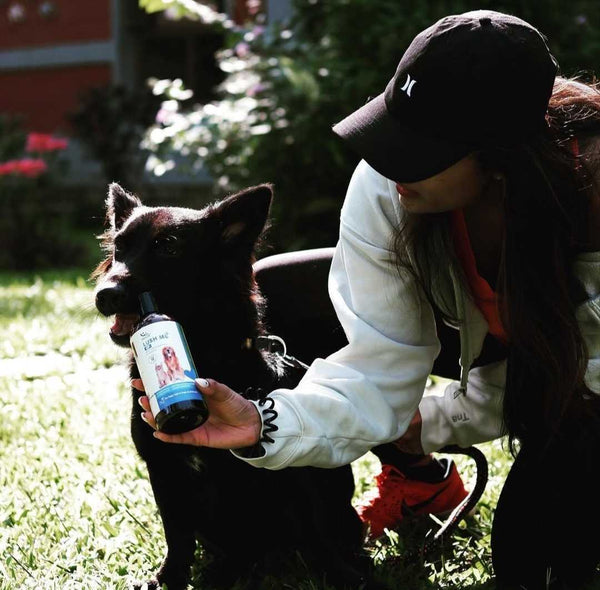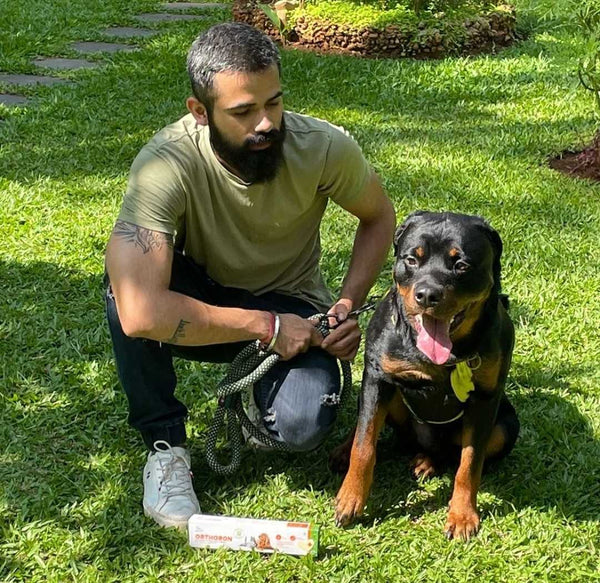
Do you find your poochie sad during the cold and dreary winter months? Does Seasonal Affective Disorder, commonly known as SAD affect your furry baby? According to a new study by the British Veterinary Organization, PDSA has found that pet parents observe that their furry babies are sad, depressed, and become less playful during winters. But how do you know that your poochie turns sad when the weather is dreary?
Winter months especially from December to January when the temperatures are dropping like no one’s business it is difficult for furry and pet parents to go outdoors and do the activities they love to do together. Studies suggest that during winters the lack of sunshine and access to the outdoors is one of the key reasons to contribute to this disorder.
In this article, we will discuss every vital information about Seasonal Affective Disorder that as a pet parent you must be aware of.
What is Seasonal Affective Disorder?

Despite the advancement in veterinary science, there is very little research on SAD. Do you notice a behavioral change in your pooch during the winter months? They become more lethargic, grumpy, they lack energy and always want to sleep. This change in your pooch’s behavior is associated with them suffering from SAD. This change is closely related to the lack of sunlight and shorter day time during the harsh winters. Pooches produce more melatonin in winters that cause tiredness, changes in eating and behavior, and sadness.
Does SAD cause the Winter Blues in our fur kids?

During the harsh winters, you will notice a behavioral change in your fur baby and the loss of appetite and depleting energy. Yes, poochies get affected by the change in weather too. The most common signs of oversleeping, reduced appetite, unnatural weight gain, irritability are a few signs of SAD commonly found in furries.
What are the Signs and Symptoms of SAD?

Poochies experience SAD in multiple ways, however; there are a few signs and symptoms that are commonly found in fur babies, a few of which are listed below:
- Oversleeping
- Grumpy
- Irritated
- Lethargic
- Less Playful
- Lack of Interest
- Reduced Appetite
- Unnatural weight Gain
How can you help your Poochie be happy during the winter months?
- Soak in the Sunshine:

The major cause of SAD is melatonin production that goes up when your pooch is exposed to less light, sunlight is the antidote. Open the blinds, allow the natural sunlight in or turn on the lamps and even bring in a special “happy light” if your pooch needs more light therapy. This trick always works and your furry baby will thank you.
- Natural Immunity Booster:

your furbaby lacks energy and at this point, he requires essential vitamins and minerals to replenish his energy. Natlife is a powerful immunity booster packed with the goodness of vitamins that will help your fur baby get back to his normal self and enhance his mood and health.
- Yummy treats in their Tummy:

Since the loss of appetite is a common symptom of SAD try feeding your poochie their favorite healthy and yummy treats BITES. Bites is a yummy and healthy snack available in various flavors that your fur baby can indulge in and will want more.
- Get Outside:

Winters are harsh and temperatures may go beyond a freezing point but your pooch will absolutely feel better even with even a 30-minute walk outside each day. Bundle him up in his jackets and winter gears and don’t forget to protect their tender feet with appropriate footwear or protectant wax. Winter gears for poochies are available in any pet supply store.

